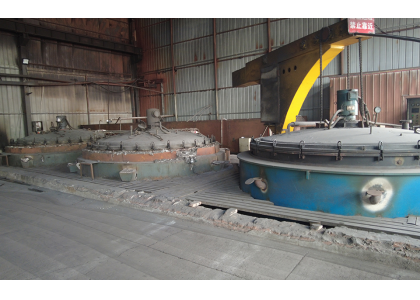
First, the advantages of forging screws
1. Improve strength and durability
By forging, the grain structure of the screw is improved, making it a tighter, uniform structure, resulting in higher strength and durability. In contrast, cast or cold-formed screws do not have the strength and durability of forged screws.
2. Reduce production costs
Forging screws than other production process cost is lower, most of the forging equipment high degree of automation, most of the equipment can automatically carry out production, greatly shorten the production cycle, reduce labor costs, so in the actual production of forging screws is a relatively affordable cost of production.
3. Reduce waste
The forging process can make the screws accurately manufactured, reduce the waste of raw materials, and also reduce the use of machine tools, so the entire forging process is more time-saving and labor-saving and more conducive to reducing waste.
Second, the process of forging screws
The process of forging screws generally includes the following steps:
1. Prepare raw materials
The commonly used raw materials for forging screws are steel, stainless steel, aluminum, etc. These raw materials can be used to make forged screws with high strength and high durability.
Step 2 Cut
The discretization of forged screws naturally cannot be formed by mutual forging of equipment. So you need to do a good job of cutting. In production, most pretreatment methods will cut embryos by sawing or cutting machines, and distribute short segments of embryos to forging presses for forging.
Step 3 Measure
The embryo needs to be measured again after production, using the scale including diameter, length, and style, and this step is done in the measuring tool.
Step 4 Preheat
When the forging temperature reaches a certain temperature, the embryo is soaked in warm water or warm oil through the equipment to preheat, which can make the heating of the material in the forging process more uniform, which is conducive to better forging.
Step 5: Forging
The embryos heated by the equipment are first advanced to the forging process, and then further hot forging is carried out with instruments such as four hammers. The forged screws produced by this step are usually more uniform, denser, and stronger than screws produced by other processes.
Step 6 Cool
The screws after hammer forging need to be cooled to better maintain their structure. After water cooling or oil cooling screws have more hardness and durability.